Soar with Dawn Aerospace's space plane on its 1st-ever test flights (video)
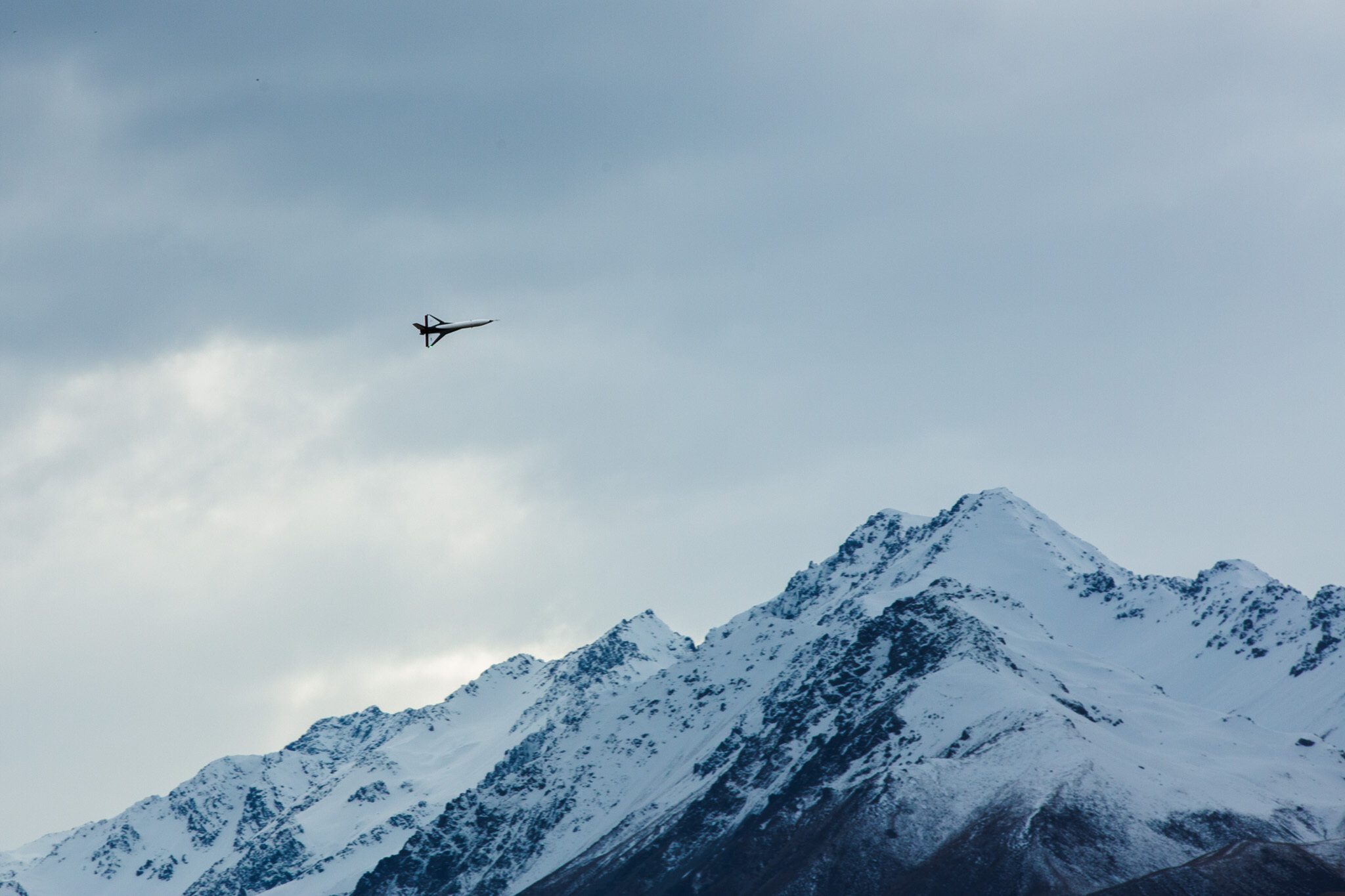
Dawn Aerospace's suborbital space plane flew for the first time last month, and a new video takes you along for the ride.
The 15.7-foot-long (4.8 meters) Mk-II Aurora, a robotic vehicle that Dawn is developing to carry small payloads to and from suborbital space, conducted five test flights over New Zealand's South Island between July 28 and July 30.
The Mk-II Aurora stayed firmly within Earth's atmosphere each time, reaching a maximum altitude of 3,400 feet (1,036 meters), Dawn representatives said. That was always the plan for these initial sorties; the space plane flew with surrogate jet engines, not the rocket engine it will eventually sport.
Related: Space planes: evolution of the winged spaceship (infographic)
"Dawn is focused on sustainable and scalable access to space, and our Mk-II vehicle is entirely reusable," Stefan Powell, the CEO of the New Zealand-Dutch space company, said in a statement Thursday (Aug. 26).
Powell said he's extremely proud of the Dawn engineering team for designing a vehicle that "flies beautifully" the first time just as expected.
"We are delighted with the results and demonstrating rapid turnaround — we conducted five flights within three days, and two flights occurred within 90 minutes of each other," he added.
Breaking space news, the latest updates on rocket launches, skywatching events and more!
The newly released 59-second video captures some highlights from last month's flights, which lifted off from the South Island's Glentanner Aerodrome. The footage shows the Mk-II zooming above some of the gorgeous snowy mountains and crystalline lakes that New Zealand is known for.
The vehicle takes off from, and lands on, a runway like an airplane. And its operations will be quite airplane-like, if all goes according to plan: Late last year, the New Zealand Civil Aviation Authority granted Dawn permission to fly the Mk-II Aurora from a conventional airport, with no exclusive airspace restrictions needed.
"We were successful in demonstrating our ability to integrate with other airspace operators," Powell said of last month's flights. "Fixed-wing aircraft and local helicopter companies continued their operations unaffected."

Dawn Aerospace's robotic Mk-II Aurora suborbital space plane conducts a test flight over New Zealand's South Island in July 2021.
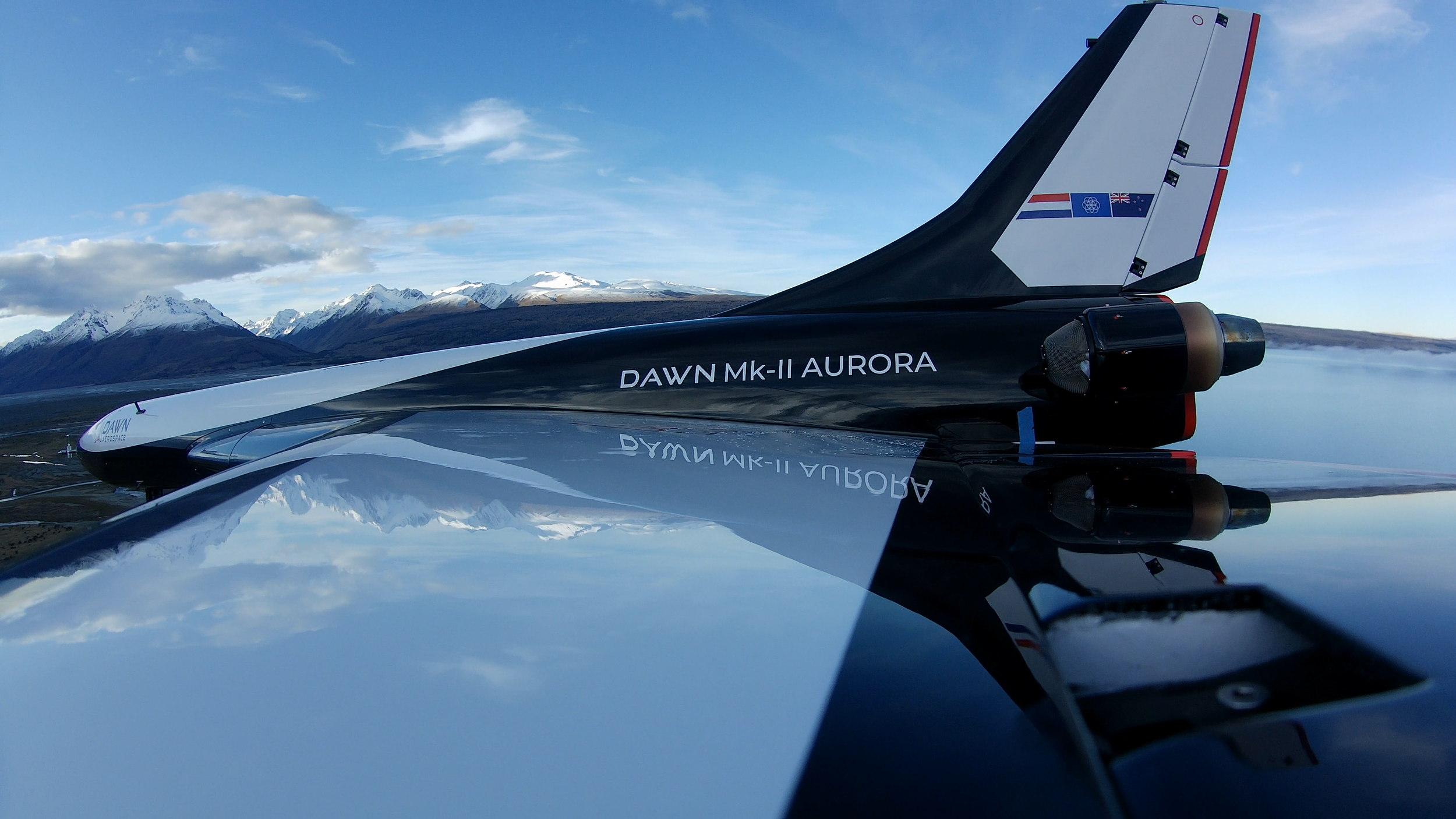
Dawn Aerospace's robotic Mk-II Aurora suborbital space plane conducted its first five test flights over New Zealand's South Island in July 2021.
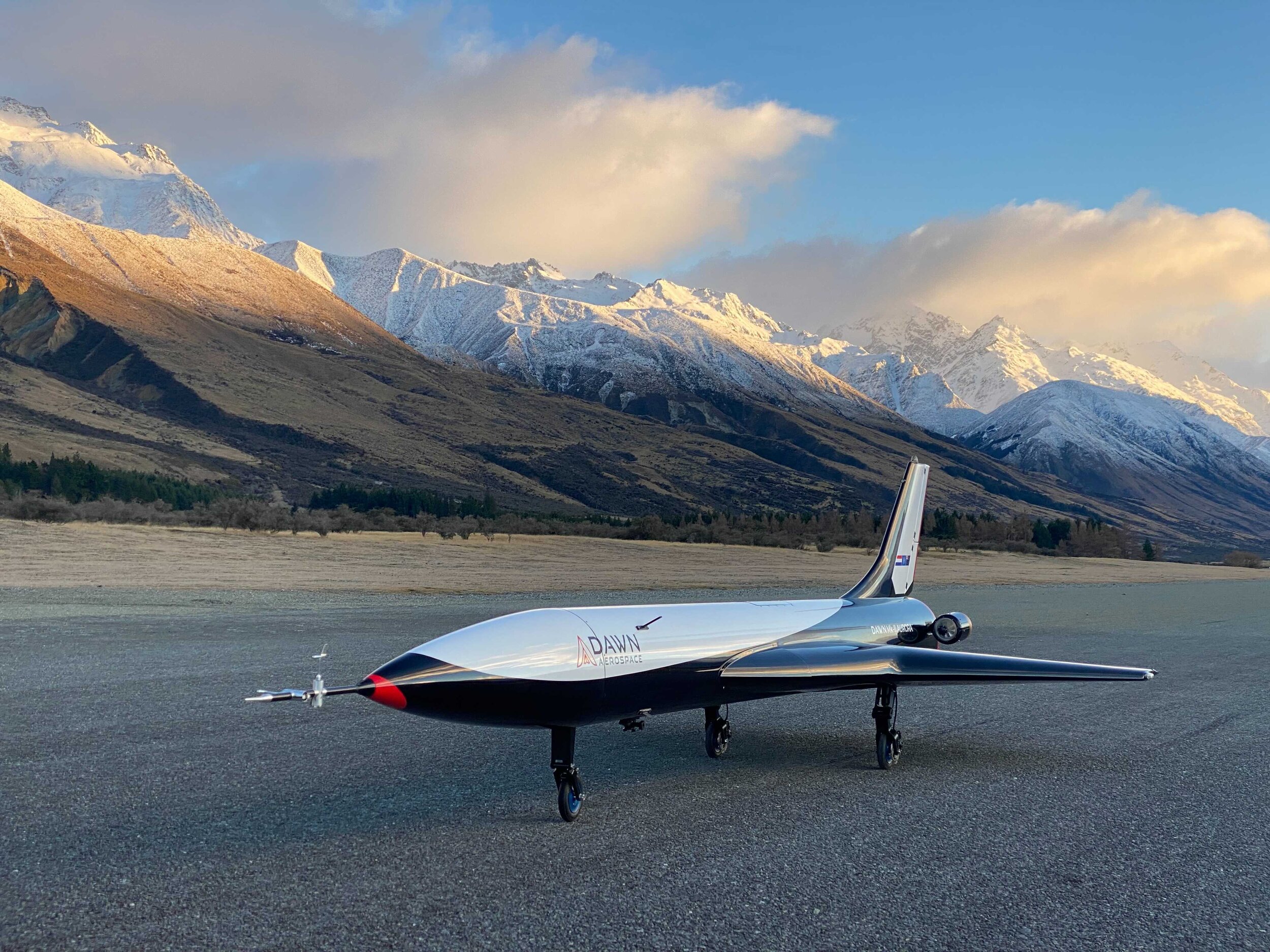
Dawn Aerospace's robotic Mk-II Aurora suborbital space plane conducted its first five test flights over New Zealand's South Island in July 2021.
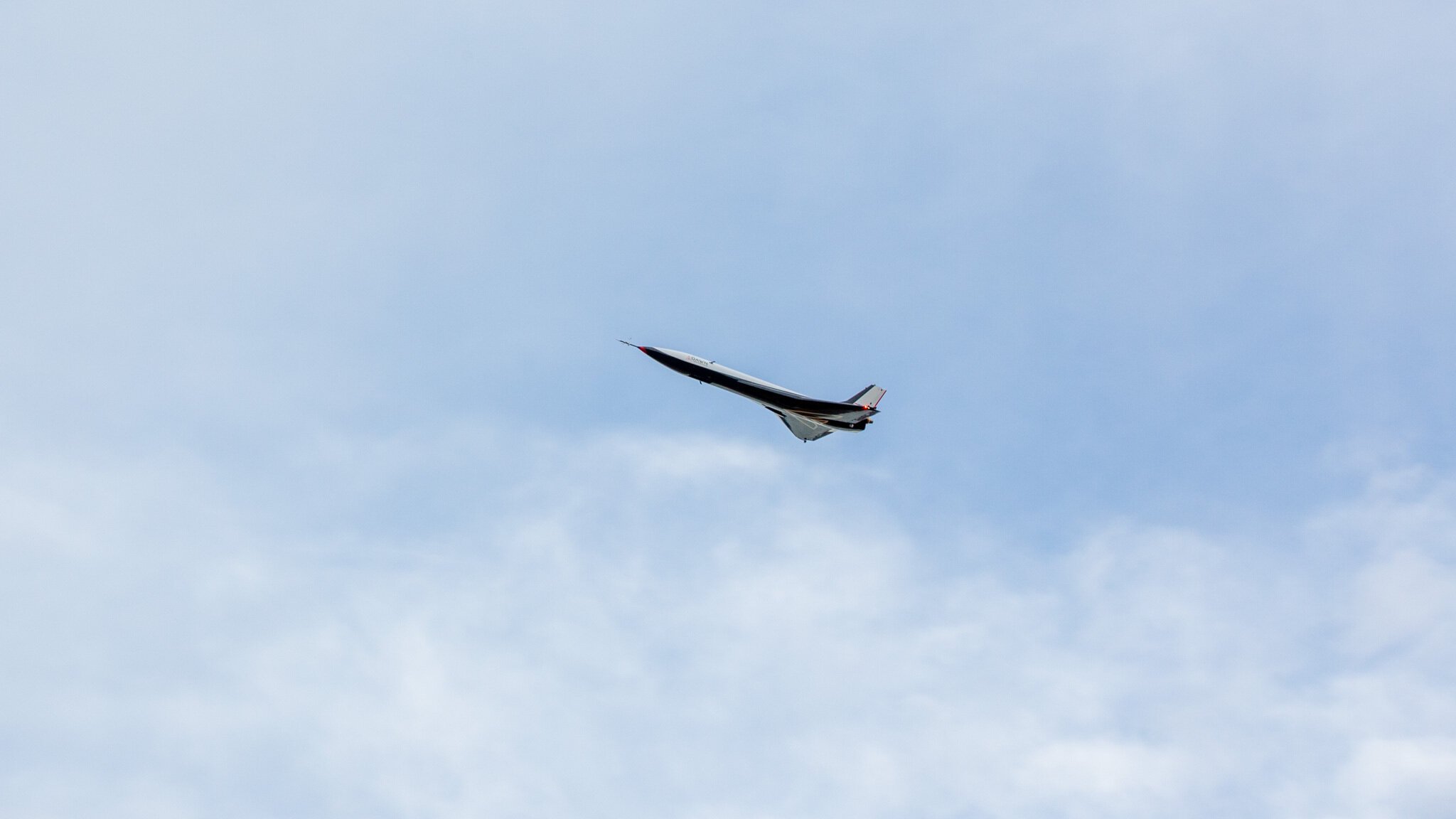
Dawn Aerospace's robotic Mk-II Aurora suborbital space plane conducts a test flight over New Zealand's South Island in July 2021.
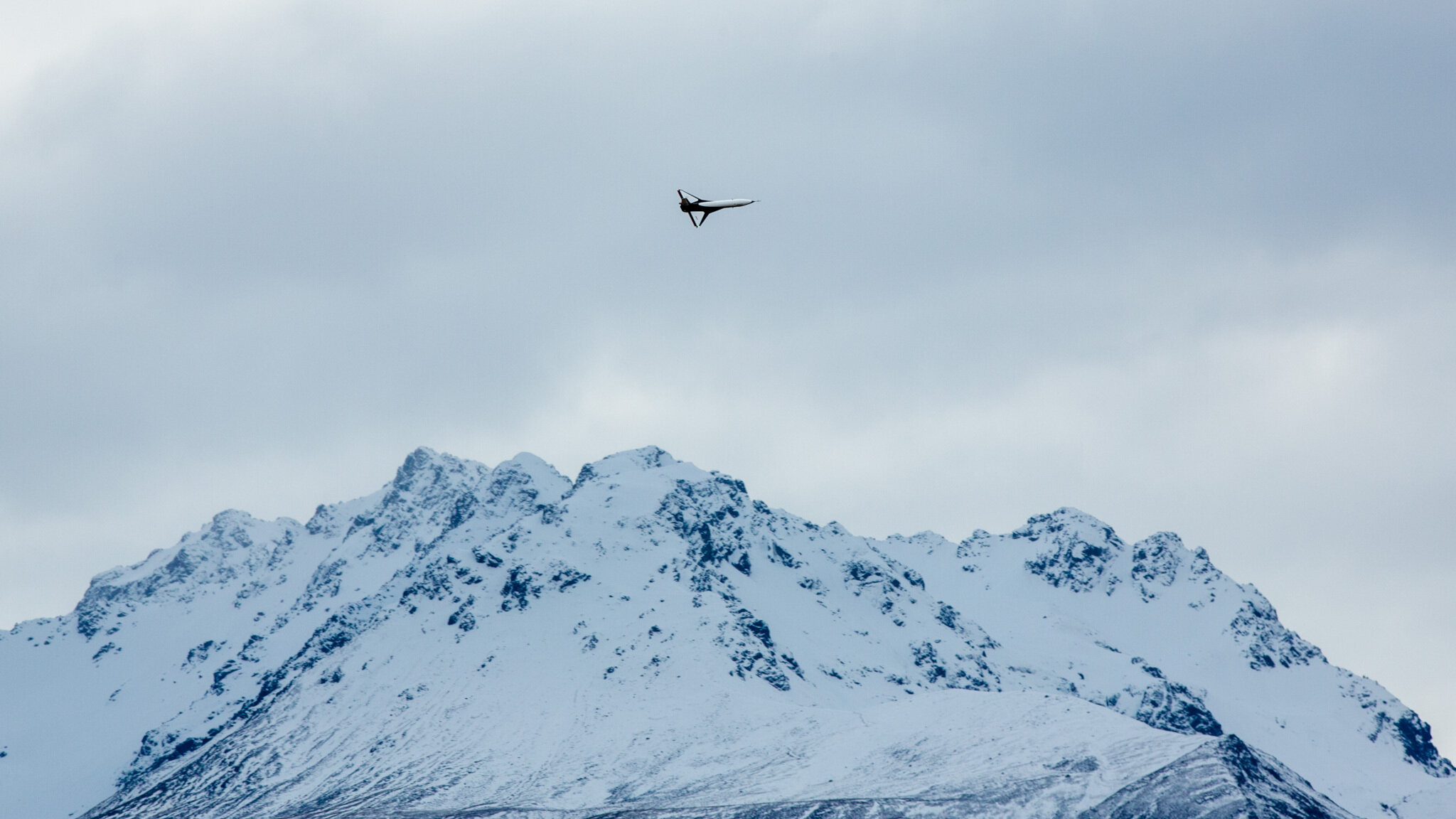
Dawn Aerospace's robotic Mk-II Aurora suborbital space plane conducts a test flight over New Zealand's South Island in July 2021.
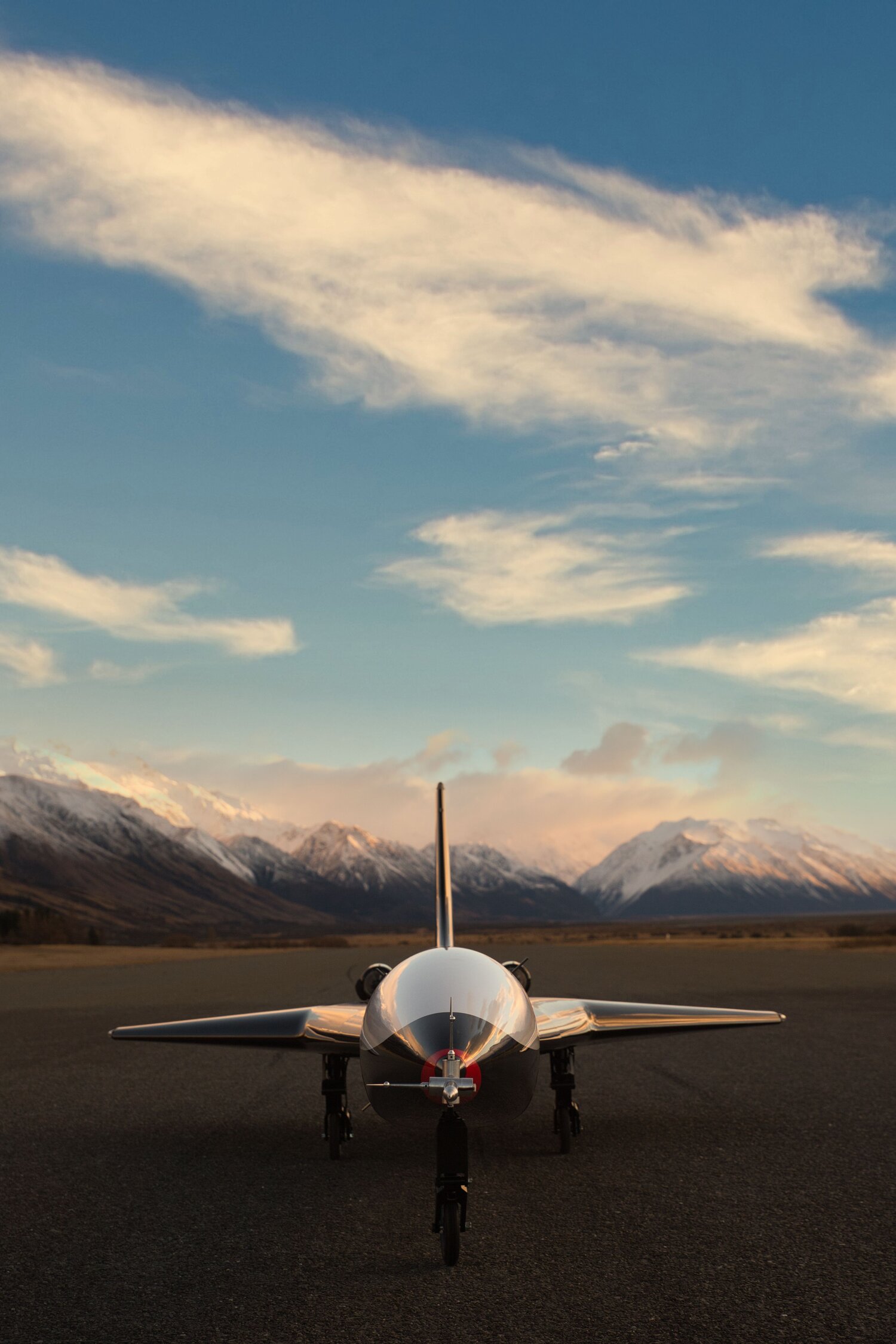
Dawn Aerospace's robotic Mk-II Aurora suborbital space plane conducted its first five test flights over New Zealand's South Island in July 2021.
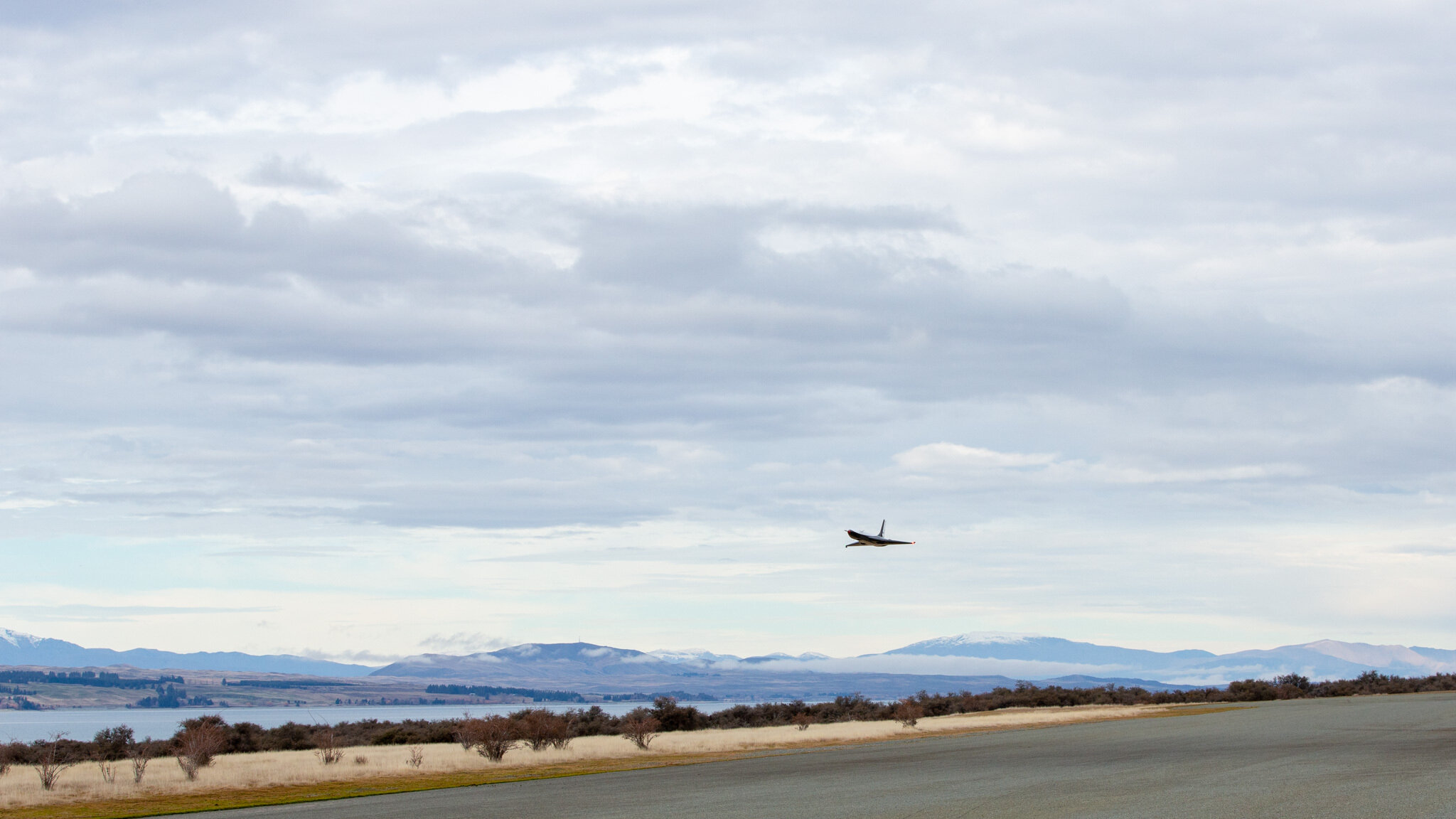
Dawn Aerospace's robotic Mk-II Aurora suborbital space plane conducts a test flight over New Zealand's South Island in July 2021.

Dawn Aerospace's robotic Mk-II Aurora suborbital space plane conducts a test flight over New Zealand's South Island in July 2021.

Dawn Aerospace's robotic Mk-II Aurora suborbital space plane conducts a test flight over New Zealand's South Island in July 2021.
Testing of the Mk-II and its various systems continues apace. For example, the vehicle's rocket engine is in the late stages of testing, Dawn representatives said. When the engine is ready to go, it will be fitted to the space plane, allowing the company to begin supersonic and high-altitude trials of the space plane.
Eventually, Dawn plans to fly Mk-II space missions multiple times a day. The company's vision doesn't end with getting the suborbital space plane fully up and running, however; Dawn is also developing a 59-foot-long (18 m) space plane called the Mk-III, which will be capable of carrying up to 550 pounds (250 kilograms) of payload to Earth orbit, Dawn representatives said.
Dawn has other aspects to its business as well. For example, the company also builds propulsion systems for small satellites.
Mike Wall is the author of "Out There" (Grand Central Publishing, 2018; illustrated by Karl Tate), a book about the search for alien life. Follow him on Twitter @michaeldwall. Follow us on Twitter @Spacedotcom or Facebook.

Michael Wall is a Senior Space Writer with Space.com and joined the team in 2010. He primarily covers exoplanets, spaceflight and military space, but has been known to dabble in the space art beat. His book about the search for alien life, "Out There," was published on Nov. 13, 2018. Before becoming a science writer, Michael worked as a herpetologist and wildlife biologist. He has a Ph.D. in evolutionary biology from the University of Sydney, Australia, a bachelor's degree from the University of Arizona, and a graduate certificate in science writing from the University of California, Santa Cruz. To find out what his latest project is, you can follow Michael on Twitter.
